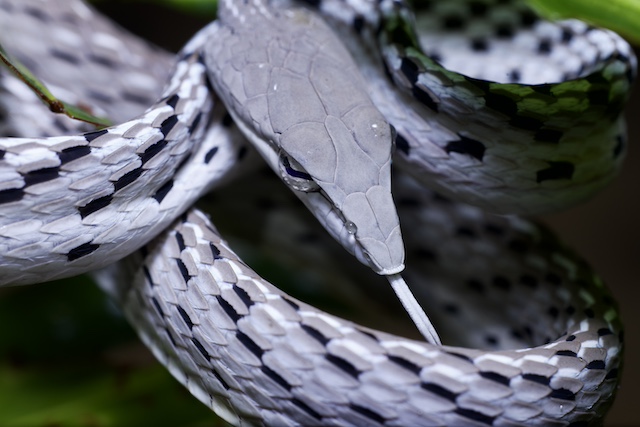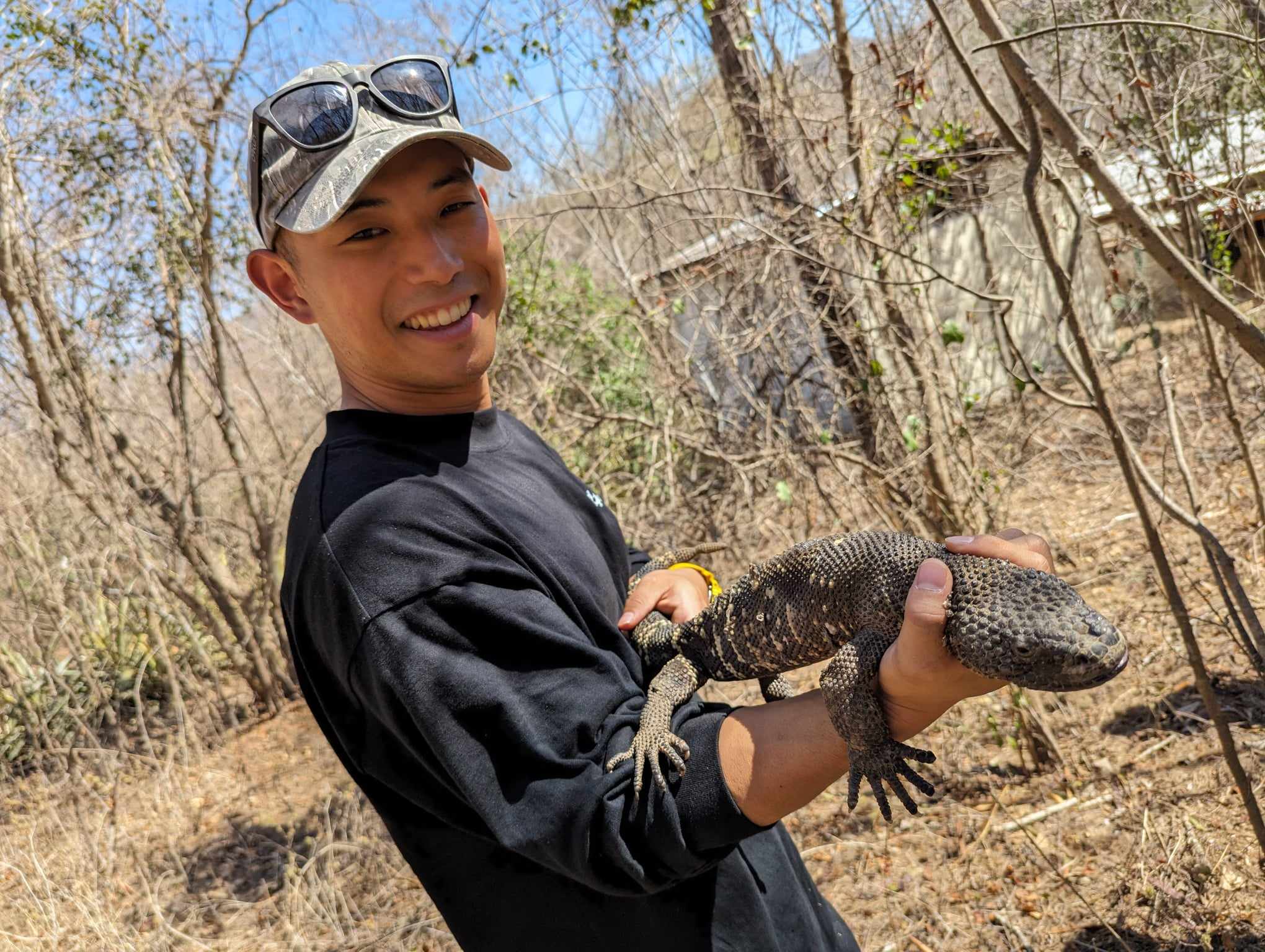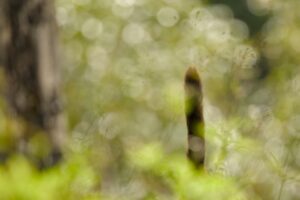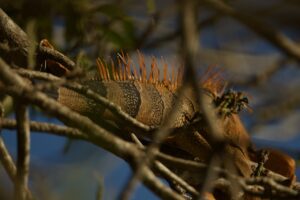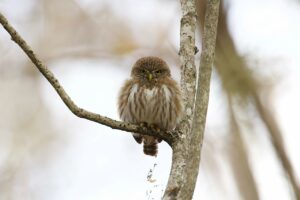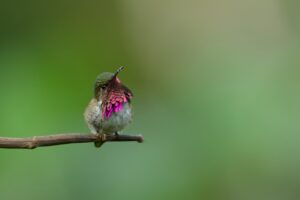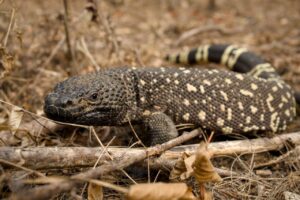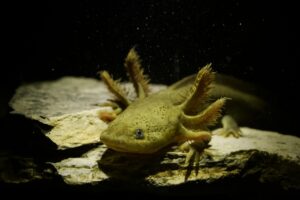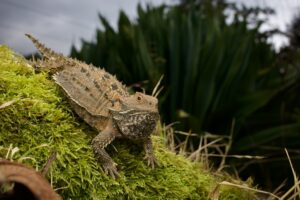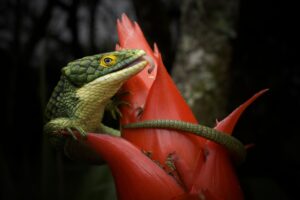
When herping in Vietnam, there’s an exciting array of wildlife waiting to be discovered. Among these is the stunning and unique Red-necked keelback (scientific name: Rhabdophis subminiatus). Recognizable for the bright red markings around its neck, this snake is popular among locals for its unique appearance and remarkable venom system. It thrives in areas near water, like ponds and marshes, yet despite its beauty, this snake has an unusual dual defense system, combining poison and venom, making it truly fascinating for herping enthusiasts.
What’s the Difference Between Poison and Venom? Check Out Our Guide on Herping Basics!
The Unique Defense of the Red-necked Keelback
This snake has the rare ability to utilize both poison and venom. A rear-fanged snake, the Red-necked keelback releases venom through special venom glands in its upper jaw, allowing it to inject venom when biting. This venom disrupts blood clotting and can be lethal under certain conditions. This venom is mainly used to subdue prey, such as frogs, which it relies on for sustenance and defense, as is typical with venomous snakes.
Additionally, the Red-necked keelback has a secondary poison in its system that serves a different purpose. After consuming certain toxic frogs or other prey, it stores these toxins in a gland behind its head, known as the Duvernoy’s gland. This “poison” is effective when the snake is touched or eaten, deterring would-be predators. Locals in Vietnam say that due to the high toxicity of certain frogs in the area, the Red-necked keelback’s poison can be extremely potent compared to that of similar snakes in other regions, like the Japanese tiger keelback (Rhabdophis tigrinus).
Due to its dual venom system, misidentifying the Red-necked keelback or mistaking it for a harmless snake could lead to serious harm, which local experts warn visitors to avoid.
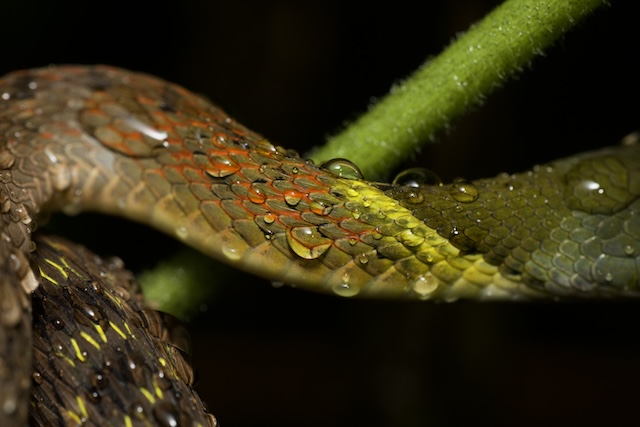
Where to Find Red-necked Keelbacks in Vietnam
The Red-necked keelback is widely distributed across Asia, found in countries like Bangladesh, Indonesia (Sumatra, Borneo, Java, Sulawesi), Thailand, Vietnam, Cambodia, Laos, Myanmar, West Malaysia, Bhutan, Nepal, India, and China (Yunnan, Guangxi, Guangdong, Fujian, Hong Kong, Hainan). Look for it in wet, grassy areas, marshes, swamps, rice fields, and along ponds or rivers. It is generally described as diurnal, but interestingly, I have only encountered it at night on multiple occasions, possibly due to seasonal factors. This is something to keep in mind when searching!
Tips for Spotting Red-necked Keelbacks
Although these snakes are similar to the Japanese tiger keelback in their search patterns, they are often seen in low vegetation or grassy areas, waiting for prey. The individual I observed was calm, but they have been known to flatten their bodies when approached too closely, a behavior that serves as a defensive posture.
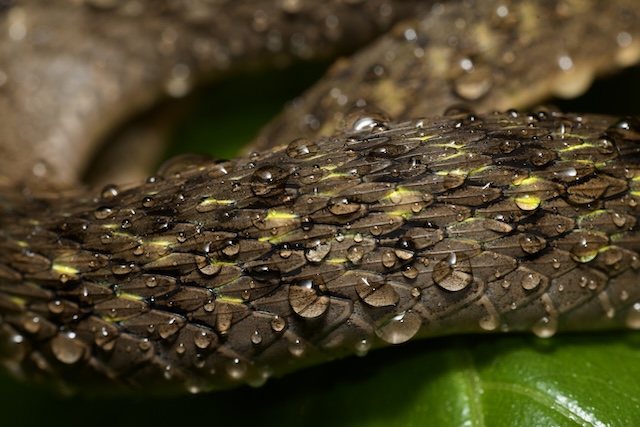
making them look almost otherworldly, a truly unforgettable sight for any herper.
Summary
The Red-necked keelback is a stunning snake species, found across much of Asia, and its beauty is unforgettable no matter how many times you encounter it. The shimmer of its scales, especially after rain, makes it appear almost ethereal, an enchanting experience in the dark. Make sure to add this unique species to your herping list in Vietnam!
Other Herping Articles in Vietnam
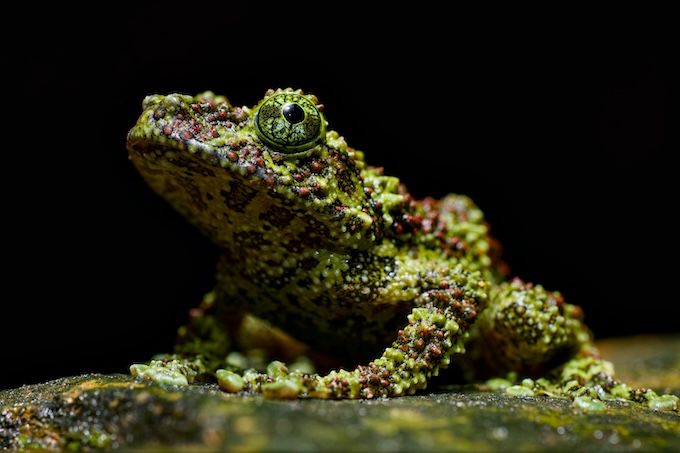
A Herping Adventure in Vietnam
